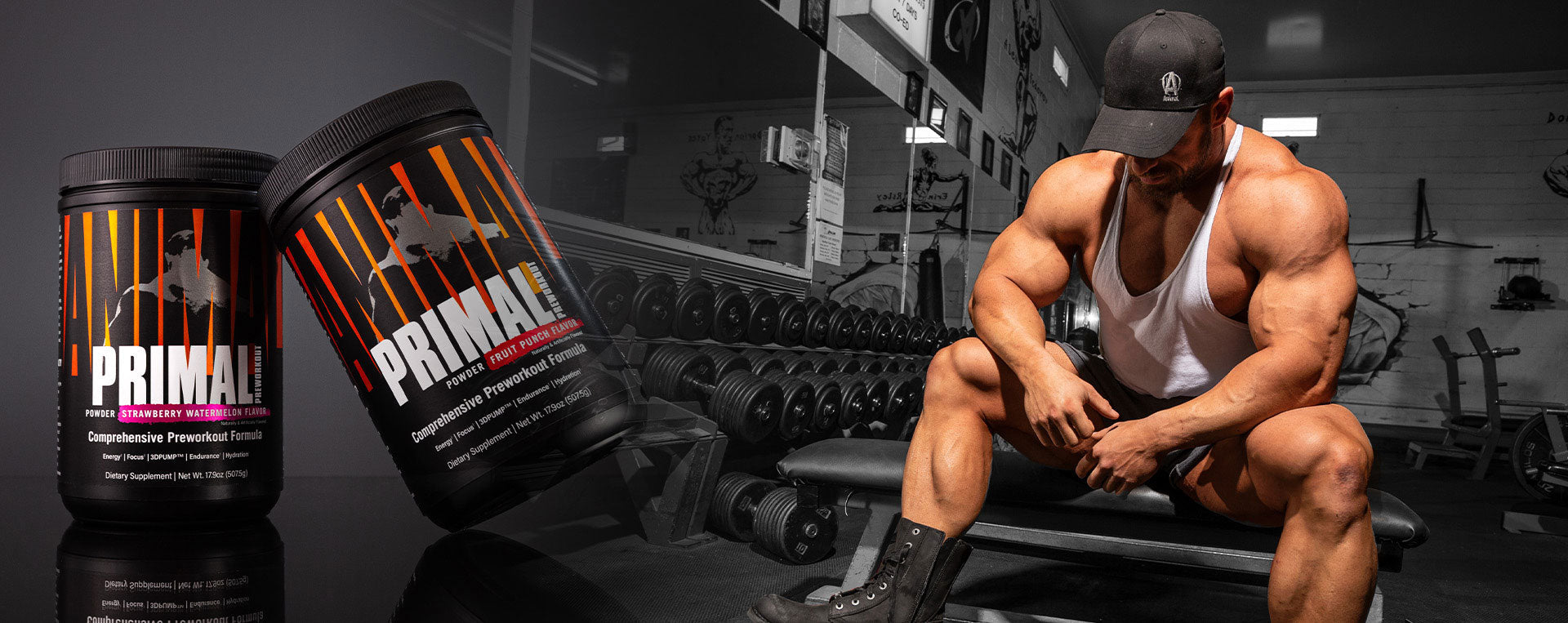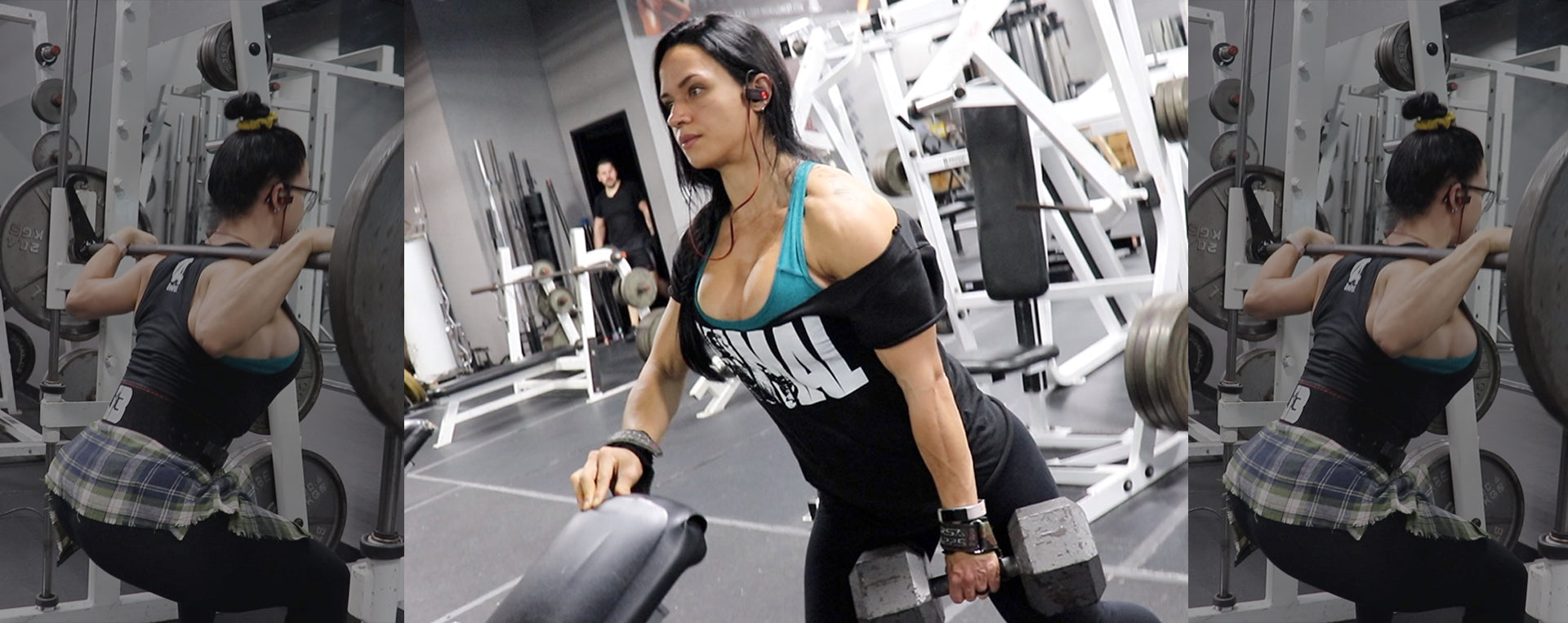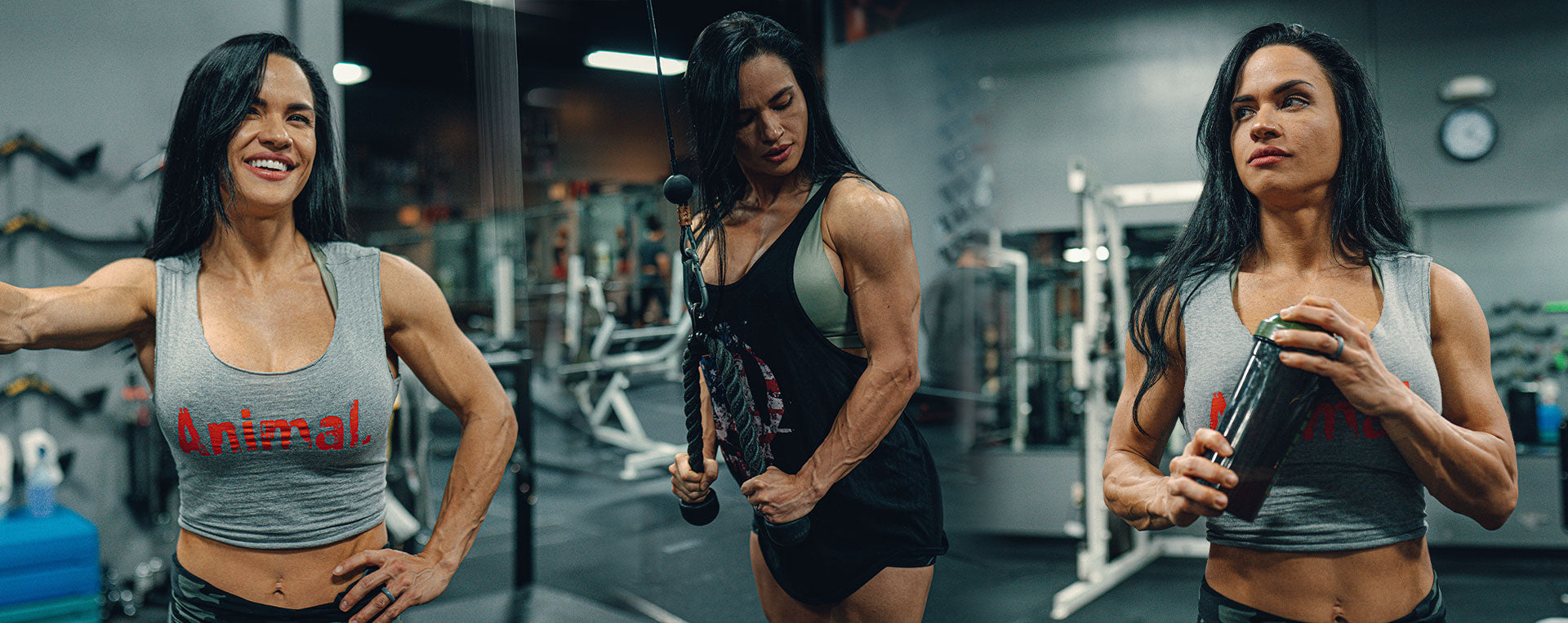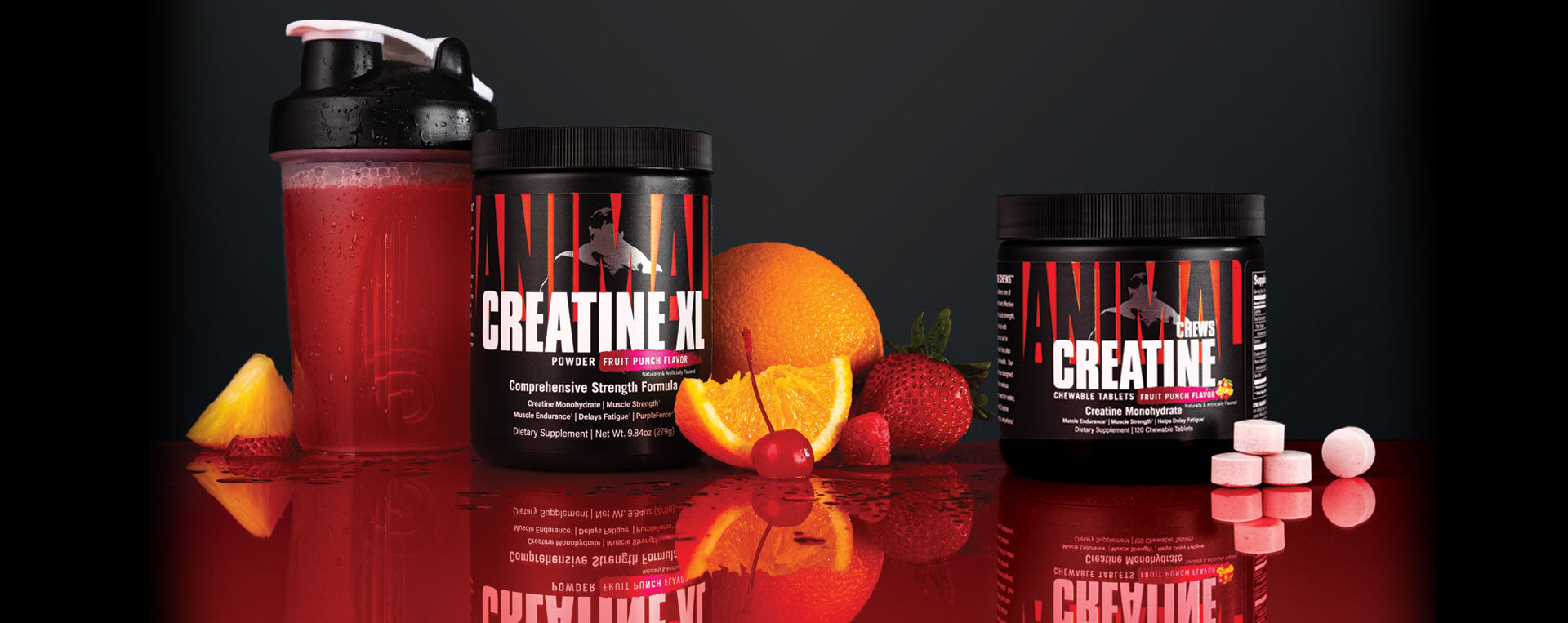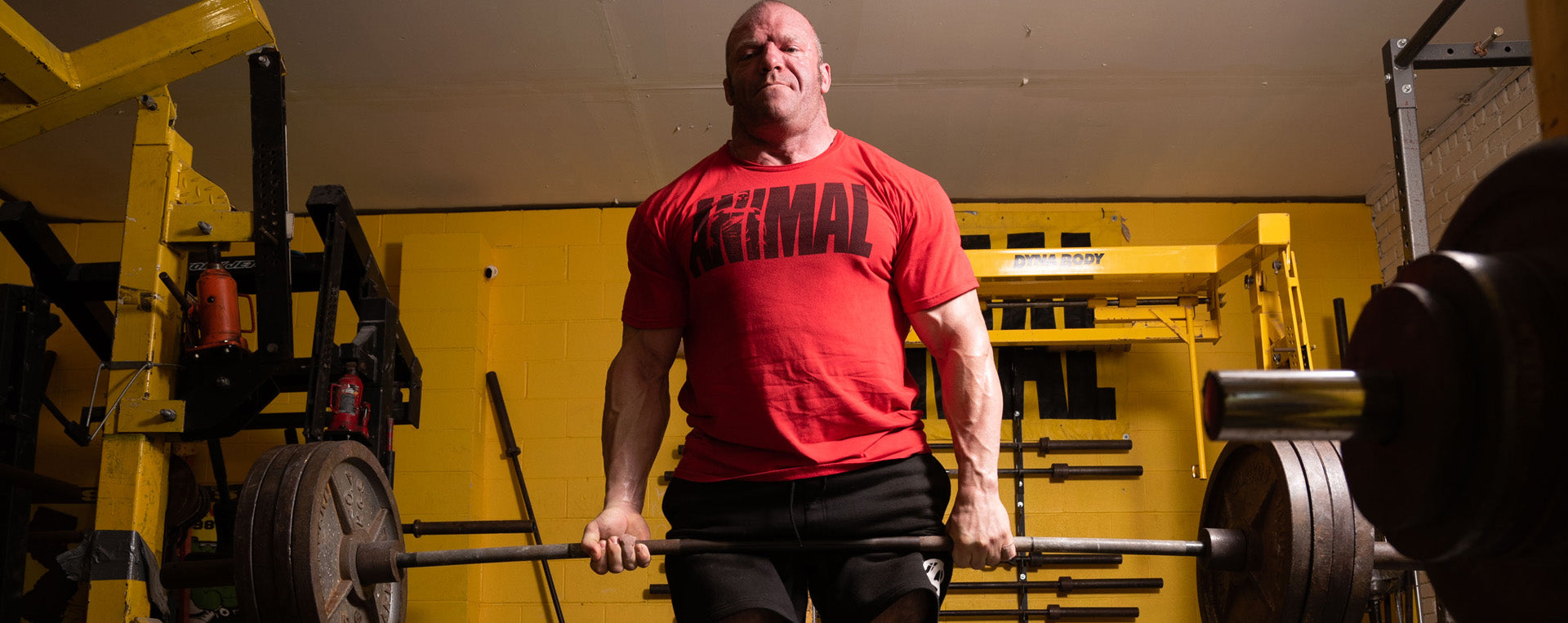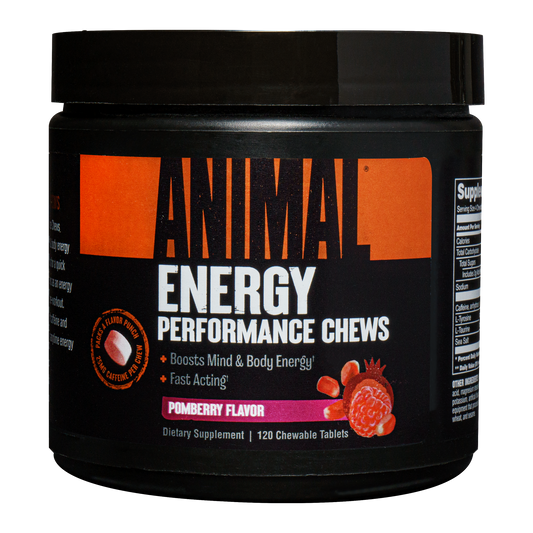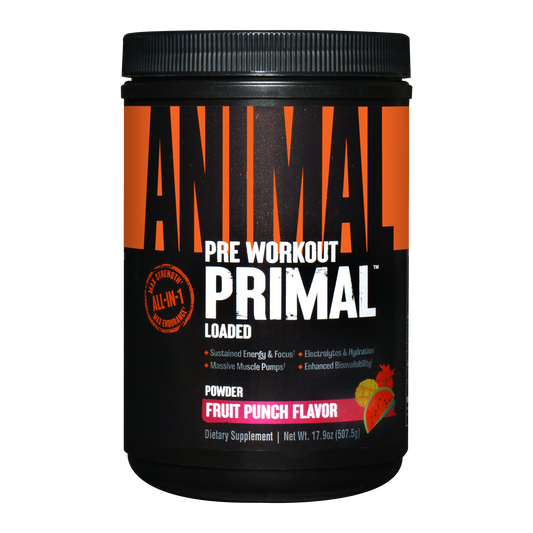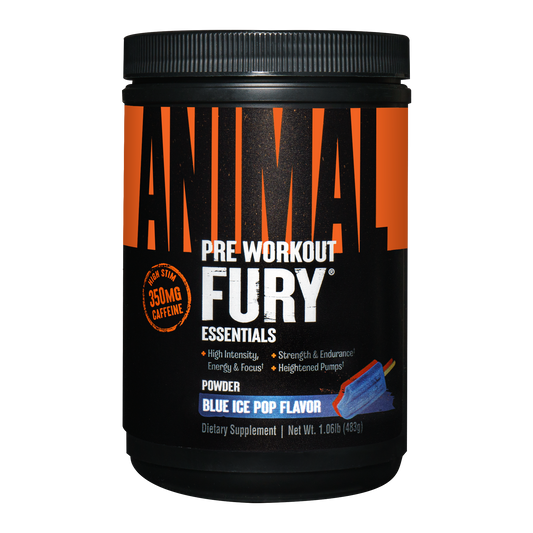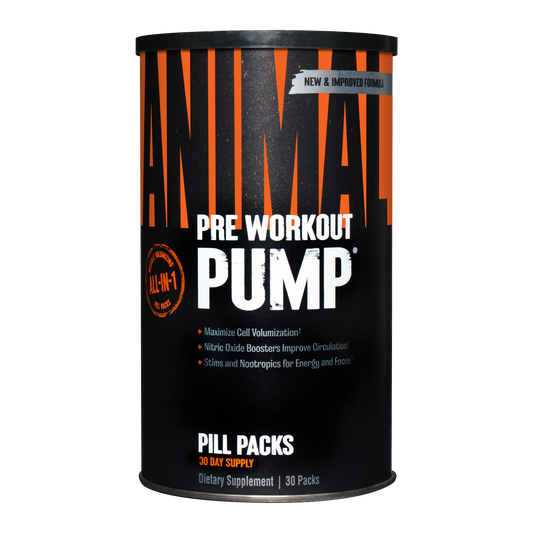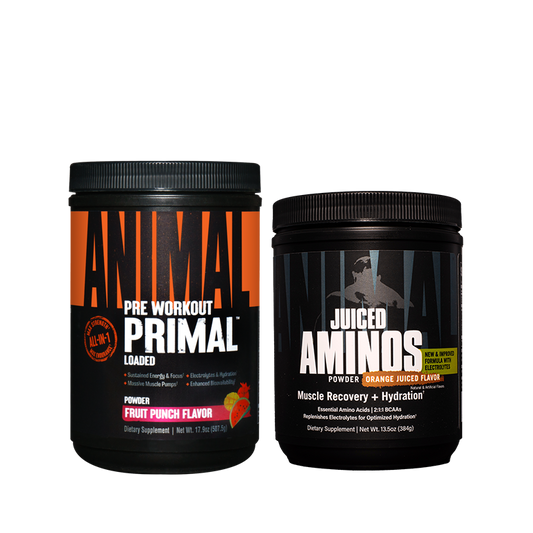Winter is Coming! For most of us, that means time to size up. It's cold outside, the big clothes are out of the closet, and it's no better time to let the mass gain come on. If you are like me, I want to come out of this winter bear mode with some newly added tissue to display.
I wish I had a magic food list that took you to the land of the swole faster. However, some food choices will keep your offseason productive and not run into the common bottleneck issues of poor appetite and choking down large food volumes many run into. These are my top 5 bulking foods during a mass phase.
1. Ground/Minced Meats
As your eating progresses in the offseason, chewing large amounts of food becomes a task. I like to streamline this process and move from large meat cuts to ground/minced meats. For one, it makes getting food down a lot faster. Also, decreased chewing and lower exposure time in the oral cavity have been shown to lower factors that increase fullness (Zilstra, 2009). So, if we can pick meats that take less time to chew and swallow they won’t cause early satiety.
One point on protein in general is just don’t overdo it. Compared to carbs and fats, protein has the highest satiety index of all the macros (Veldhorst, 2008). So, if your hunger cues are non-existent, lower protein and move some calories into carbs or fats.
My go-to meat is ground chicken or turkey. I don’t do a lot of beef as I can easily add oils to my meals to get quality fat sources, which is my next top food pick.
2. Plant Oils
Your fat sources are the cheat code to get to high-calorie intakes being they are so calorie dense. Now, about the chewing point from above. Nuts, seeds, and avocado all take some time to get down, but plant oils can easily be drizzled on a meal with little notice. We can drizzle some olive, mac nut, or avocado oil onto any meal we eat for the day. There is some benefit likely when overfeeding on unsaturated fatty acids like those in plant oils too.
In a study, 39 subjects were overfed 750 calories coming from unsaturated or saturated fat and after 7 weeks the unsaturated fat group had less overall fat gain and more muscle gain. Why? The researcher postulated that saturated fats may increase hepatic fat gain and lead to more insulin resistance. (Bray, 2014). This is why saturated fat bulking is not at the top of my list and I don’t consume high amounts of animal fats daily.
Another great aspect of oils is the volume is very small to eat compared to other fat sources. High food volumes stretch the stomach and induce satiety through stretch receptors (Van Kleef, 2012). Bring in some oils for easy calorie wins. You can even get fancy and get some herb-infused oils for some further flavor enhancement.
3. White Rice
I know you see white rice on my list and I just got put in the stereotypical bodybuilding box. But there is a reason we all pick this item. It is so unfilling and we can handle large rice volumes with no gastric distress!
Back in 1995, a group of researchers investigated the satiety index of 38 common foods. Guess what? White rice was at the top of the list for having a low satiety index (Holt, 1995). Meaning it just does not make you very full. Potatoes were one of the top-ranking foods for making you full. So, extra tip, you might want to limit the potatoes if you are having a hard time getting food in.
Any white rice can be used here, sushi, jasmine, basmati, etc. Mix it up to have some variety. You can even choose a different format for white rice like rice noodles or cream of rice.
4. Cooked Spinach
This one is probably a shocker to see on the list of top foods for massing up. It's not a mass builder per se, but veggies are needed. We need veggies to complete our diet and fill in the micronutrient gaps.
The issue with many bodybuilders is food volumes get so high they end up cutting the veggies out simply as they are taking up space in the diet and are not large calorie contributors. Also, subbing in low-energy-dense foods like veggies leads to less overall calorie consumption (Bell, 1998). So, what to do?
Go, with low-volume veggie choices and those that contribute calories. I loved cooked spinach because 100g of cooked spinach in a meal is a very small dense amount compared to the same calorie amount from let's say something very water-based like a cucumber. A bonus is that 100g of spinach contains 200mg Nitrate and 800mg Betaine both of which can reduce fatigue during training and improve pumps.
5. Blueberries
Fruit is another underutilized food in the arsenal of bodybuilders and although it can be filling, however, we need to focus on health as well when adding on size. Blueberries have antioxidant and anti-inflammatory support with benefits for the brain, heart, and overall metabolic function (Kalt, 2020). In a mass phase, we are pushing the bounds of stress on the body, and having a phytonutrient-packed fruit can help manage the deleterious effects we are putting our body through.
Blueberries are also a more calorie-dense fruit with 140g containing 17g of carbohydrates. They do have fiber which may slow gastric emptying however fiber is going to be needed during a mass to keep GI health and not make a bulking stop point based on poor gut function.
Massing up this winter seems simple enough, just pound down more calories. But you will quickly realize the foods you pick will make a big difference in your success for long-term muscle gains and not feel bloated all off-season. Best of luck on your quest to mass this winter season!
References:
Zijlstra, Nicolien & De Wijk, Rene & Mars, Monica & Stafleu, Annette & Graaf, Cees. (2009). Effect of bite size and oral processing time of a semisolid food on satiation. The American journal of clinical nutrition. 90. 269-75. 10.3945/ajcn.2009.27694.
Veldhorst M, Smeets A, Soenen S, Hochstenbach-Waelen A, Hursel R, Diepvens K, Lejeune M, Luscombe-Marsh N, Westerterp-Plantenga M. Protein-induced satiety: effects and mechanisms of different proteins. Physiol Behav. 2008 May 23;94(2):300-7. doi: 10.1016/j.physbeh.2008.01.003. Epub 2008 Jan 12. PMID: 18282589.
Van Kleef E, Van Trijp JC, Van Den Borne JJ, Zondervan C. Successful development of satiety enhancing food products: towards a multidisciplinary agenda of research challenges. Crit Rev Food Sci Nutr. 2012;52(7):611-28. doi: 10.1080/10408398.2010.504901. PMID: 22530713; PMCID: PMC3662086.
Bell EA, Castellanos VH, Pelkman CL, Thorwart ML, Rolls BJ. Energy density of foods affects energy intake in normal-weight women. Am J Clin Nutr. 1998 Mar;67(3):412-20. doi: 10.1093/ajcn/67.3.412. PMID: 9497184.
Holt, S.H.A. & Brand-Miller, Jennie & Petocz, Peter & Farmakalidis, E. (1995). A Satiety Index of common foods. European journal of clinical nutrition. 49. 675-90.
Bray GA, Krauss RM. Overfeeding of polyunsaturated versus saturated fatty acids reduces ectopic fat. Diabetes. 2014 Jul;63(7):2222-4. doi: 10.2337/db14-0493. PMID: 24962923; PMCID: PMC4392897.
Kalt W, Cassidy A, Howard LR, Krikorian R, Stull AJ, Tremblay F, Zamora-Ros R. Recent Research on the Health Benefits of Blueberries and Their Anthocyanins. Adv Nutr. 2020 Mar 1;11(2):224-236. doi: 10.1093/advances/nmz065. PMID: 31329250; PMCID: PMC7442370.






